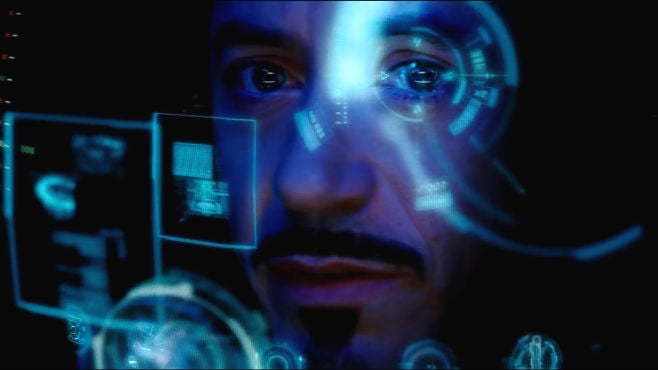In 1977, when for the first time, Luke Skywalker had a conversation with C-3PO and R2-D2, ever since the world has been obsessed with interacting with machines. That fascination of having real time meaningful interaction with machines has back through the device. We are very much close to creating this movie magic into the real world. So, before I hash it out, let me thank to the voice recognition technology that has come in leaps and bounds in the last one and half decade. Companies such as Google, Apple, Nuance and Microsoft have brought the technology from special applications to your desktop to the handy smartphone.
Today’s key players
Before Google Voice Search and Siri, there was Dragon Naturally Speaking. First released by Nuance Communications in 1997, “Dragon” is the world’s best-selling speech recognition system, currently available in English and 6 other languages including Dutch and Japanese.
Google Voice Search evolved into Google Now which has been touted as the most efficient and user-friendly speech recognition tool. However, it was Apple’s Siri, as it can now recognize 22 different languages that changed the way the public saw voice-recognition software.
Microsoft was a bit late, but it was Microsoft’s biggest move is making Cortana available across multiple platforms which is sure to accelerate adoption.
The missing link
The future of voice-recognition is an exciting one, but Natural Language Understanding (NLU) was missing. As it allows the machine to discern the nuances, accents and inflections that often trick the software currently available.
However, this requires the software to be ever present to gather the data it needs and it requires the ability to learn progressively. In short, what we need is the integration of speech-recognition coding in more and more devices to interact with these devices. So, it was a clear need of Artificial Intelligence (AI).
The role of Cloud based APIs
Mindmeld along with other cloud based API has played a significant role in the spread of a speech recognition technology. As it allows mobile app development companies to play and manipulate the code to build an intelligent voice interface for mobile apps and sites.
I am pretty sure that you might have not forgot the moment when Dick Tracy or Michael Knight brought their watches to their mouths and started speaking into it? Yes, it has been just a movie or TV show, but this technology has hit the nerve of people. Less than in the 5 years of the time period, Apple Watch, Google Glass and Samsung Gear have published their own wearable market into the mainstream.
In short, it was the technological marvel that no one wanted.
For watches or products that have small screens it allows mobile applications to interact without obscuring the screen. The technology is on some level currently available, but adoption rates are still low, however this is set to increase as voice and gesture commands are more elegantly combined.
Dive Into The Future With Voice Recognition + AI For Your Business
Our unique Mobile App Development Services will help you build scalable mobile apps that ideally suit your business needs.
Artificial Intelligence

The future of voice-recognition and the development of artificial intelligence are intervened.
The days of conversing with JARVIS, Tony Stark’s artificially intelligent computer or Picard and the Enterprise’s Computer are still in the distant future, but we are on our way. Deep Learning, a tool is used to create systems with a high accuracy for tasks like speech recognition and language analysis is essential to propel the current technology forward. But there are a couple of hurdles that needed to be overcome first. As more companies will need to rely on Deep Learning. This leads to more rapid development and growth of the technology.
The notion of a connected home can be a starting point. Just Imagine a home that is always watching, listening and learning about what you are doing. A home that you can not only command, but can have real-time and rich interactions with. It won’t just shutters the windows at your command, but will ask you if you’re in the mood for tea or a hot shower. By having a constant stream of audio inputs, the home will be able to recognize and respond to your vocal queues regardless if you have an accent or a sore throat.

